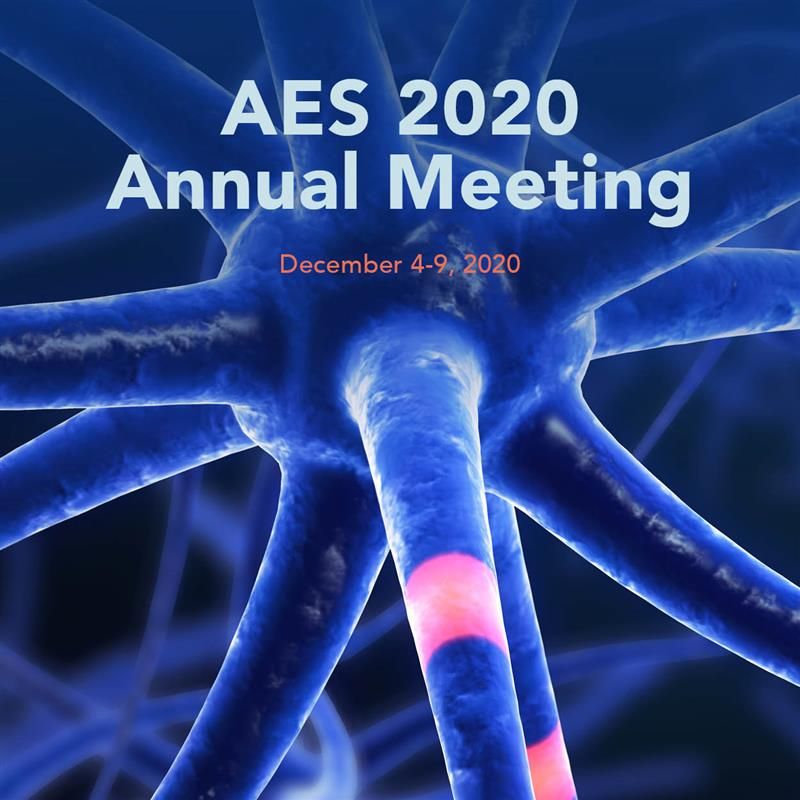Article
Combination Therapies Most Effective for Idiopathic Generalized Epilepsies
Author(s):
Valproic acid’s efficacy as a monotherapy is complicated by its previously demonstrated unsuitability for pregnant women.

Results from a study of patients with idiopathic generalized epilepsy (IGE) showed that valproic acid (VPA) was the most effective monotherapy to achieve seizure freedom, but not other outcomes. Combined regimens of VPA, levetiracetam (LEV) and lamotrigine (LTG) were more efficacious than LEV or LTG as monotherapy and should be used after failure of VPA.
“IGE is characterized by adolescence onset, absence, myoclonic and generalized tonic clonic (GTC) seizures, and typical EEG findings. Treatment involves broad-spectrum antiepileptic drugs (AED), but VPA use is limited in women of childbearing potential. Other options (LEV and LTG) are probably less effective,” study presenter Luiz Castro, MD, department of neurology, University of Sao Paulo, and colleagues wrote. Castro and colleagues presented their data at the American Epilepsy Society (AES) Virtual Meeting, December 4–8, 2020.
“Studies evaluating the efficacy of these AEDs in combination therapies are scarce. The objective of this study is to compare the efficacy of VPA, LEV and LTG, in mono- and combination therapy, and of clobazam (CLB) as add-on therapy in a cohort of IGE patients treated by a single neurologist,” they added.
Castro and colleagues evaluated 59 patients with IGE with an average onset age of 17.2 years (standard deviation [SD], 8.3), 57.6% (n = 34) of which were women, and 62% of which had a family history of epilepsy. The patients had a total of 156 treatment periods with an average duration of 71.2 months (SD, 54.4). GTC were present in 94.9% of patients, myoclonic in 55.9%, and absence seizures in 33.9%.
WATCH NOW: Pavel Klein, MD: Brivaracetam Efficacy Inversely Proportional to Number of Lifetime AEDs
Castro and colleagues investigated 3 seizure outcomes: seizure freedom (all types), only minor non-disabling seizures (absence or myoclonic), and minor seizures and/or pseudoresistance (GTC exclusively with sleep deprivation or medication non-adherence). They defined a treatment period as at least 6 months on a stable regimen with a positive outcome, or any period for a treatment failure. They then analyzed survival curves for mono and combination therapies of the AEDs.
VPA was the first-line treatment in 39% of patients, LEV in 22%, and LTG in 14.9%. VPA was used by 84% of men and 44% of women (P <.05). Combination therapies were used in 28.9% (n = 46) of treatment periods. Pseudoresistance was seen in 28.8% (n = 17) while 42.3% (n = 25) had at least 1 GTC seizure. Combination therapy treatment periods lasted an average of 21.3 months (SD, 23.2), which was shorter than the average 30.2-month (SD, 34.7; P = .057) treatment period of monotherapy regimens.
VPA was more effective than LEV and LTG in outcome 1 (P <.05) but not 2 or 3. Combination therapies were more effective than LEV or LTG (P <.05), and, possibly, VPA monotherapy for outcomes 1 and 2, even when used as second and third trials (P <.05). The initial treatment regimen was the most efficacious, with efficacy diminishing with the second (P = .06) and third regimens (P = .045). Survival curves of regimens that included CLB did not differ from equivalent curves without CLB.
“Most IGE patients do not maintain long-term complete seizure control. Lifestyle modification is an important factor for seizure control in IGEs,” Castro and colleagues concluded.
For more coverage of AES 2020, click here.




